...and reality often have little overlap. What I intended to be my first entry is taking longer than expected. However, a different area of my personal ambitions is seeing renewed energy. I switched out of full frame DSLR for a mirrorless!
Photography.
I'd say that my passion for photography began a bit over 10 years ago with the Canon XTi, but that wouldn't exactly be accurate. While I was still in elementary school in the 90s, my father gave me a used camera he had picked up from a trip. I don't recall the make of that camera but it was as basic as they came. No zoom, manual controls, and film. I didn't know very much but my interest grew. However, since we were in China and my parents barely made $100USD a month worth, most of the time I just played with the camera without film, pretending to take photos.
Fast forward to 2016, I had a chance to visit north of Greece with my wife, the monasteries of Kalabaka. Since then, life happened and there has not been a major trip that warranted taking out the camera.
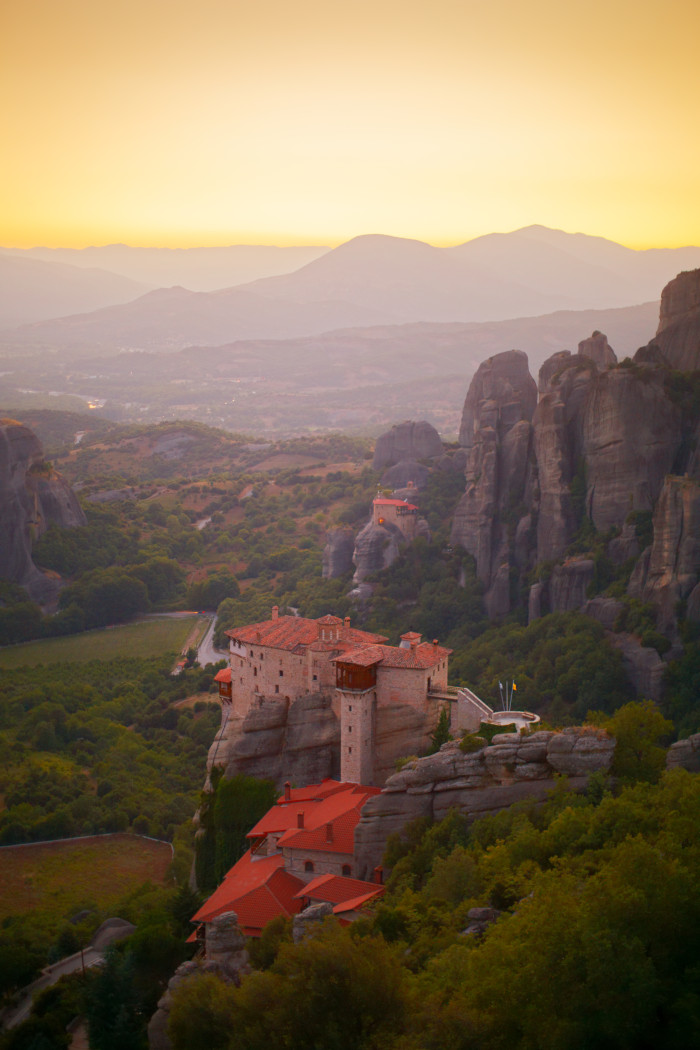
Canon 6D / Canon 50mm F/1.2L / DXO Optics Pro 10
For short trips and everyday, I had been depending on my cellphone rather than dragging around 4 lbs of camera gear, 3 lbs laptop, along with accessories in a camera backpack and a 6lb tripod. That was only two lenses, 50mm f1.2 and 16-35mm f4 IS. I had already downsized from the heavy 24-105mm f4 IS kit lens, removed the 70-200mm F4, and saved some more weight from the 5D Mark II. Cellphones have come a long way, so much so that I had ditched my attempt at portability with a Canon S100. I did take my gear out to the Grand Prix in Montreal, Canada as part of a work trip. Here's what that looked like.
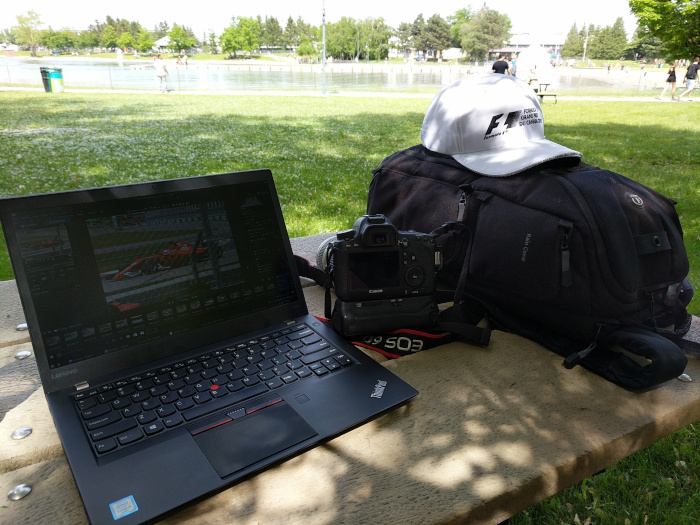
Google has done a fantastic job in the creation of the Pixel 2. While it's always difficult to produce great photos, at times, I do appreciate what it's capable of. This was shot hand held during a short walk with my wife in the Wistler village, BC.
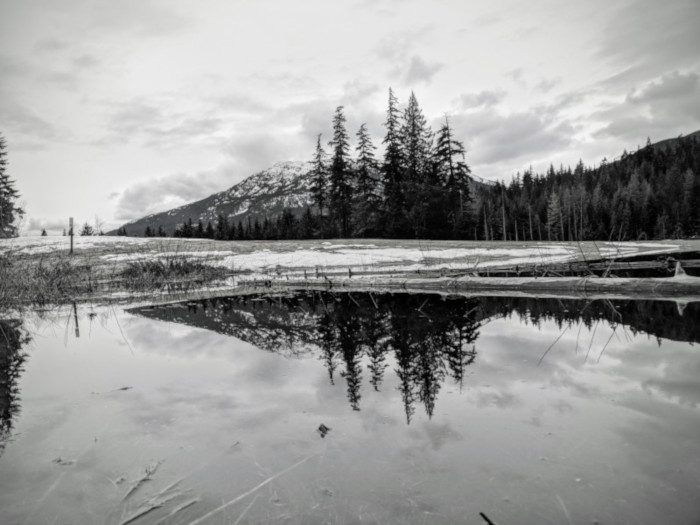
Google Pixel 2
The question of Sony vs. Fuji.
I gave up waiting for Canon to bring a competitive mirrorless camera to market, sold my 6D so I can force myself to make a decision. But I was faced with a conundrum: Sony or Fuji.
I first took advantage of the local Fuji try and buy program. This gave me an X-T2, along with 56mm F/1.2 and a 16mm F/2.8 for the weekend, at no cost. It was a pleasure to shoot with. Numerous dials made it straight forward and being at a friend's engagement party, I was able to get used to the camera quickly. I was amazed by the color rendition from this odd X-Trans sensor design in combination with Fuji processing.
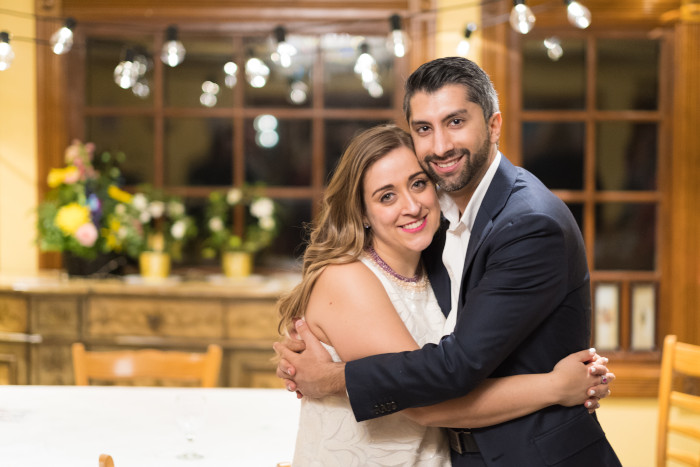
Fuji X-T2 / 56mm F/1.2 / Lightroom Classic CC
Then came the problem. I had been using DXO for at least 7 years for post processing RAW photos. It made sense to me and was familiar. It however, did not support Fuji's X-Trans sensor. Venturing into Adobe Lightroom for the first time gave me headaches.
I kept looking.
I was able to test out a Sony A7R II with a wide angle zoom lens at no cost. Added to the rental was a Metabones 4 adapter for my canon lenses. The Canon 50mm F/1.2L was dear to my heart as it turned out dreamy portraits, even from a distance. That was no exception at my friend's wedding. Not to mention the improvement of dynamic range on this camera from the 6D is very noticeable in post.
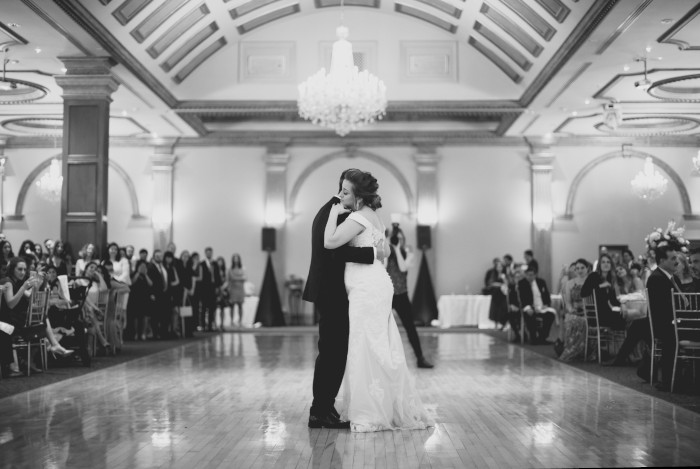
Sony A7R II / Canon 50mm F/1.2L / Metabones 4 / DXO Optics Pro 10
There were some problems. I never got used to the controls on this camera. It was like trying to figure out a puzzle. When it came to actual shooting the camera might as well put in that good old Windows hourglass because even with a 95MB/s Sandisk Extreme SD card, it constantly prevented me from changing settings, reviewing photos, or taking additional shots after only a few short bursts. To be fair, I did set it to uncompressed RAW producing 80MB files at 42 megapixel resolution.
There was more. Since Sony doesn't have an equivalent to the 50mm F/1.2L, using a Metabones adapter proved tricky. By default, its AF is in video mode, causing AF to never lock on at the right focus for still photography. Install the adapter while pressing a button enables photo AF. But this still didn't produce desired results. Again, to be fair, I didn't know how to set up the camera in such a short time, and who would have without owning one previously? It was like the settings were put into those menus randomly as they thought of them.
In the end, the Sony system proved to be an unpleasant experience. So it was back to the drawing board.
I needed a camera for my Vancouver trip in a few weeks. I had decided it was time to give Lightroom a serious attempt. I'm not a fan of its need to import photos first, nor the fact that spot removal is not intelligent and is just a rehash of the Stamp function in Photoshop, and its noise reduction was inferior to DXO. However, manipulation blacks, shadows, highlights, and whites were very on point. There were some photos I purposefully under exposed so I retained highlight details, so much so that DXO was having issues bringing out the shadows.
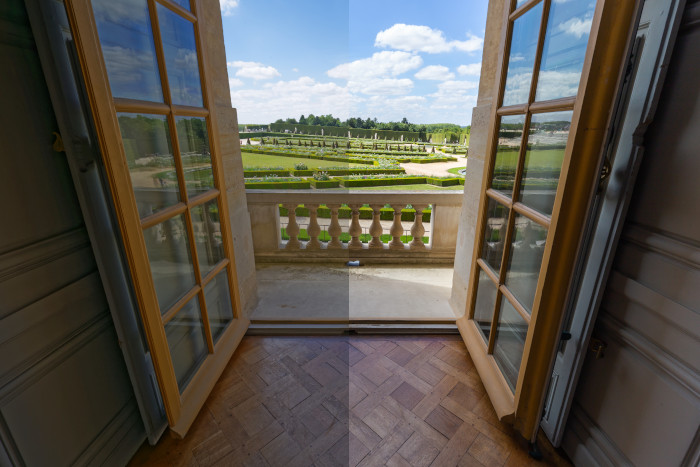
Canon 6D / Canon 16-35mm F/4 IS / DXO Optics Pro 10 (left) / Lightroom Classic CC (right)
It's pretty obvious that DXO's selective toning is not equal to what's in Lightroom. In fact, DXO provides adjustment for highlights/midtones/shadows/blacks versus highlights/shadows/whites/blacks. There's an obvious distinction here and Lightroom seems have things under control while DXO results in an unnatural look.
I had figured it out, I was going to get Fuji.
But which one? X-T2 that I rented with weather sealing, better manual controls, 2 way articulating screen, dual SD card? X-T20 that's lightweight, comes in silver for the same price as black, articulating touch screen, and 40% cost savings for silver? Or maybe the X-E3 that's even more compact, a pretend range finder style, but no articulating screen? I know I want the X-T3 when it eventually releases.
In the end, I settled for this:
- Fuji X-T20 Silver
- Fuji 18mm F/2 (I almost went for the 27mm pancake in silver though)
- Fuji 10-24mm F/4 OIS (shares the same size filter as one of my Canon lenses)
- Fuji 35mm F/1.4 (used)
Replacing:
- Canon 6D
- Canon 16-35mm F/4L IS
- Canon 50mm F/1.2L
- Canon 70-200mm F/4L
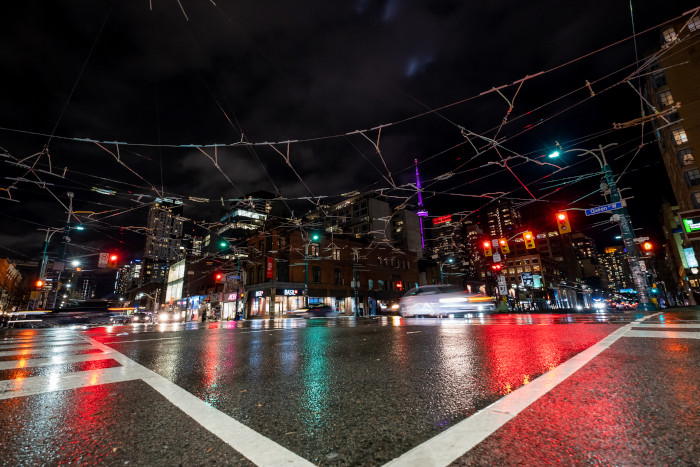
Fuji X-T20 / 10-24mm F/4 OIS / hand held 1/6s ISO800
What I gained:
- X-T20 + 18mm F/2 weighs less than Canon 50mm F/1.2L lens!
- X-T20 + 18mm F/2 goes in my work bag easily so I'm carrying it almost daily
- No one hides from me when I take a photo
- Love the retro look and feel
- Impressive low light and more pleasant noise pattern in high ISO
- Articulating touch screen
- New features come from firmware updates
- EVF takes out the guess work
What I lost:
- Full frame and its shallow depth of field
- Super fast USM AF lenses
- Weather sealing and super durable body
- Over 1000 shots on a single battery vs max 350 on Fuji
- Reaction time (but I'll get used to Fuji soon)
More updates later...
